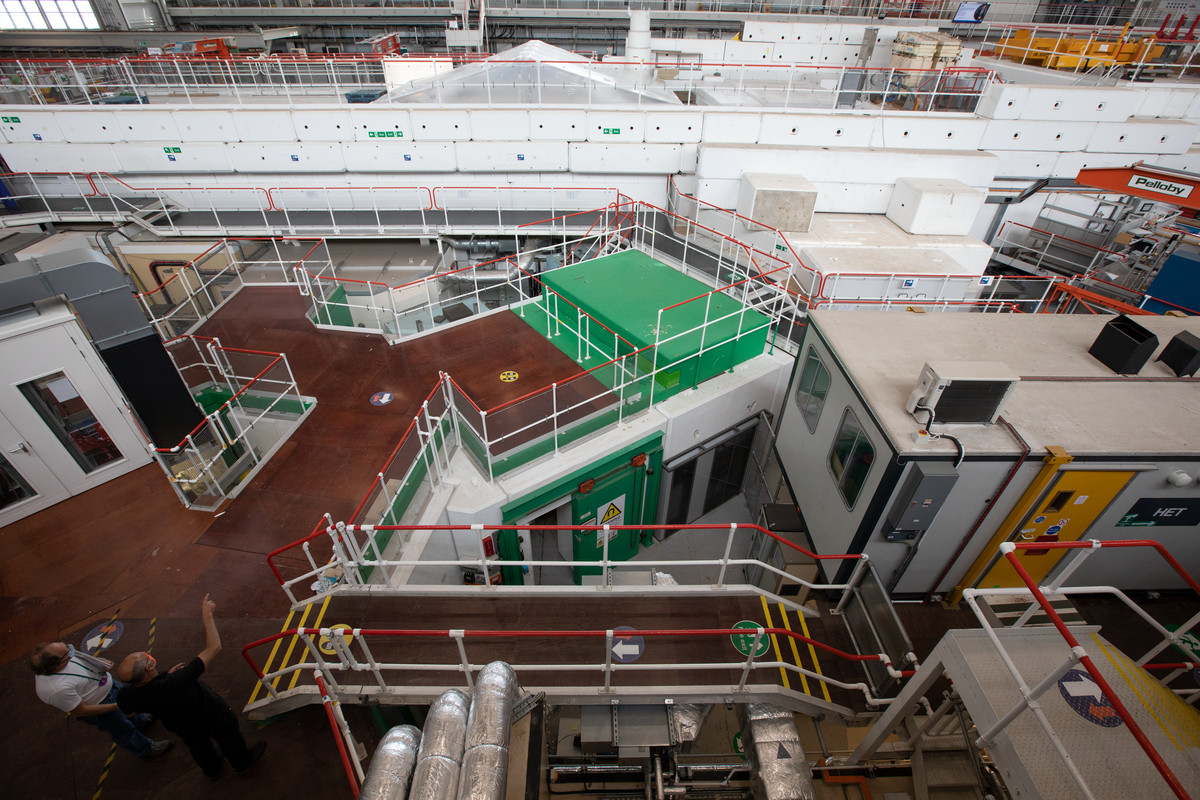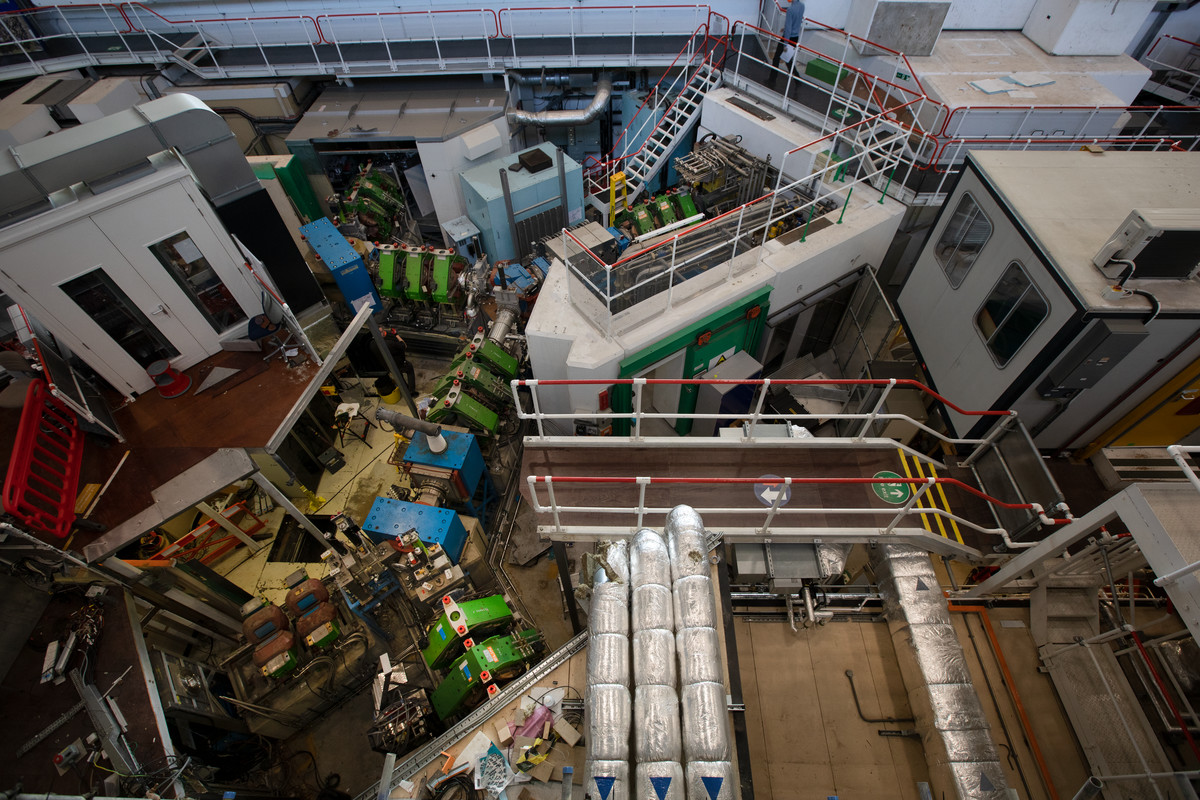The RIKEN-RAL beamlines were built in the early 1990s as part of a collaboration with Japan. Since then, very little has been done to upgrade the systems that keep the beamlines running. Since June 2021, ISIS' target station one (TS1) has been off for a long shutdown and, as part of this, a large project has been underway to refurbish the beamlines.
This work has included the installation of 35 new power supplies, which will run more efficiently and have higher stability than the previous ones. This will, in turn, increase the performance of the beamlines. The magnets that focus the muon beams, some of which were second hand when they were installed, have been refurbished to fix the water leaks that had been spotted before the shutdown, and some more that became apparent during the work!
Over 100 km of cabling has been replaced, as well as miles of copper pipes that have been replaced with stainless steel to meet higher safety standards. A new vacuum system has been installed, as well as a new controls system. On top of all this, the three 200 keV particle separators are being taken apart and refurbished.
To begin, the mezzanine floor level was removed, to expose the beamlines, as shown in the two comparison photos below. Now, nine months later, the old equipment has been removed; the new cables are being terminated, pipes and controls have now all been installed, and the next stage is the commissioning. After this, the shielding and floor will be replaced, hiding the complexity of the system from view again. As well as work happening on the now-exposed beamline level, there has also been a lot going on in the tunnels beneath.


Although the team hope that it will be another 30 years before major maintenance is needed, new shielding has been designed to be easier to remove in sections, making access easier in the future. Once the shielding has been put back, the high-power testing can begin, in preparation for further commissioning when the muon beam returns in the Autumn.
Over thirty people have been involved in the project throughout its different stages, making the most of the varied in-house expertise of ISIS staff.
